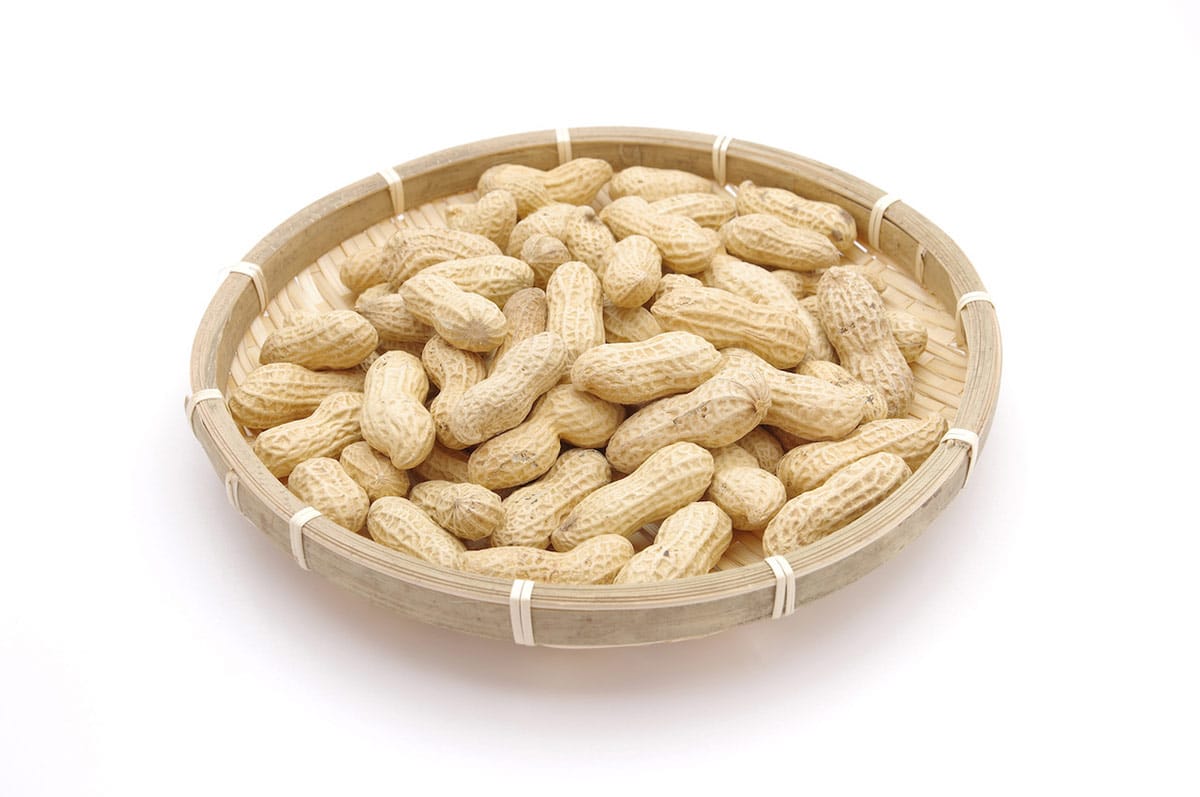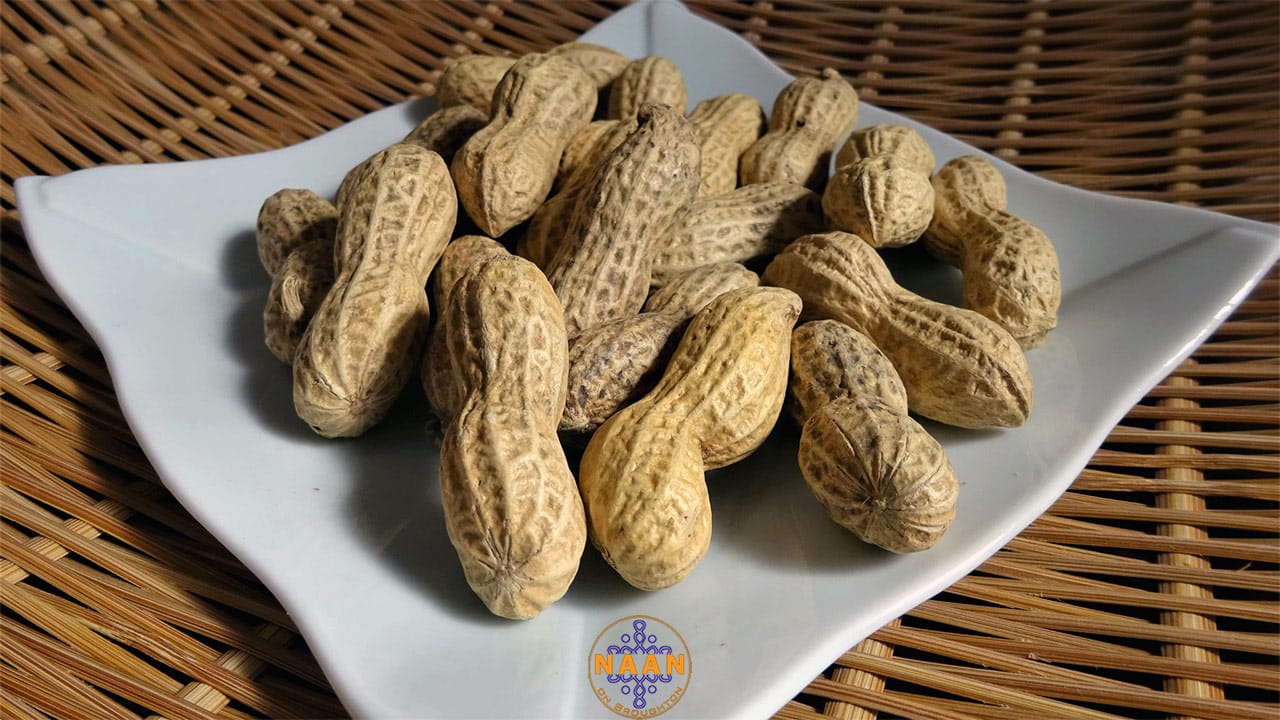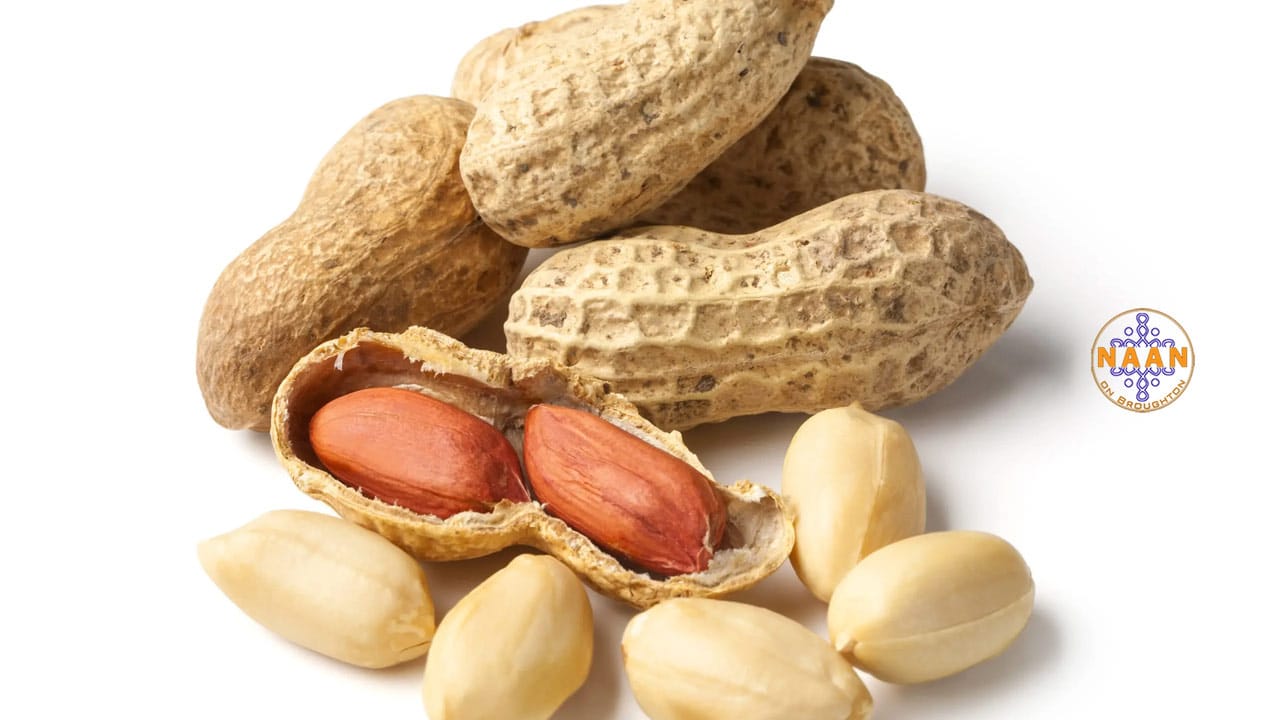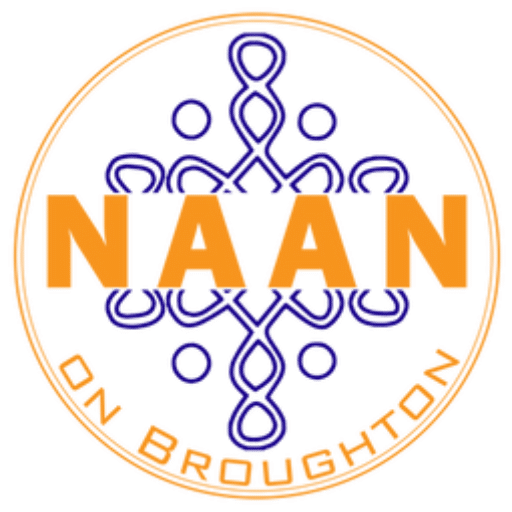Picture this: it’s movie night, and you’re cozied up on the couch with a big bowl of your favorite movie snack – peanuts. As you happily munch away, you suddenly find yourself gazing longingly at that ever-growing pile of discarded peanut shells. You can’t help but wonder, “Can I eat peanut shells?” If you’ve ever found yourself in this situation (or even if you haven’t), you’re in the right place because today we’re exploring the fascinating world of peanut shells and whether or not they’re a viable snack option for the adventurous and curious eater. Stay tuned as we crack open the truth!
What are peanut shells?
Peanut shells are the hard, outer covering of the peanut pod. Peanut shells are the leftover product obtained after the removal of peanut seed from its pod [1]. They serve as a protective layer for the nuts inside, safeguarding them from environmental factors.
What are peanut shells made of?
Peanut shells are made up of various components that largely depend on the peanut variety and the manufacturing environment.

These shells are a byproduct of peanuts, which are packed with protein, carbohydrates, fats, fiber and minerals, and vitamins. Peanut skins also contain bioactive compounds, including antioxidants that help neutralize cell-damaging molecules in the body called free radicals. Some, in fact, have antioxidant activity levels equal to those of green tea, grape skins, and other sources. [2]. Although peanut shells might appeal to some individuals due to their unique texture and flavor, they offer virtually no nutritional value. Nevertheless, some people still choose to consume these shells, despite their limited benefits.
Can you eat peanut shells?
Yes, peanut shells can be consumed, you can digest them, but it is not recommended.
While it is true that peanut shells can be eaten, they might pose a threat due to possible contamination with pesticides and other chemicals. Moreover, peanut shells offer little to no nutritional value and may lead to digestive issues.
Another concern regarding peanut shells pertains to the chemicals used during their cultivation. Peanut farmers typically employ crop rotation for controlling diseases. However, peanuts are vulnerable to fungi such as Aspergillus flavus and Aspergillus parasiticus [3], which can cause cancer in humans. To combat these diseases, farmers may resort to chemical pesticides, which may contaminate the shells.
Eating peanut shells could also signify a potential eating disorder called Pica. If you find yourself unable to resist the urge to consume peanut shells daily, consult with a healthcare professional about possible tests and treatments.
Are boiled peanut shells edible?
Boiled peanut shells, much like roasted peanut shells, are technically edible. This means that consuming them will not cause any immediate harm or result in poisoning. However, it is important to note that while these shells will not cause direct harm, they may not be an ideal snack option for various reasons.
Firstly, peanut shells are extremely tough and difficult to chew. They are primarily composed of cellulose, a robust plant material that can be tough for our digestive system to break down. As a result, the human stomach may struggle to digest peanut shells fully, potentially leading to gastrointestinal issues.
Additionally, while peanut shells contain dietary fiber, which can be beneficial for our health, the same benefits can be obtained from consuming softer, more easily digestible vegetables. This makes peanut shells a less attractive option when seeking to add fiber to your diet.
Moreover, the risk of pesticides being present on the shells cannot be ignored. Peanuts are often sprayed with pesticides during cultivation to protect the crops from pests. Though peanuts are thoroughly washed before being cooked, small traces of these chemicals might still be present on the shells. Consuming these shells could potentially lead to some longer-term health concerns.

How to eat peanut shells?
Eating peanut shells may not be a common practice, but some individuals find joy in snacking on these crunchy, salty shells. If you’re intrigued by the idea of munching on peanut shells, here are a few ways to enjoy them and some important factors to consider for a safe and satisfying experience.
First and foremost, before diving into a bowl full of peanut shells, make sure they are clean and safe to eat. Since peanut shells may be contaminated with pesticides, it’s best to opt for organically grown peanuts, which have fewer chemicals. Rinse the shells thoroughly under running water to remove any remaining residue, and then allow them to dry completely.
When eating peanut shells, moderation is key. Due to their high fiber content and tough texture, excessive consumption of peanut shells can lead to digestive issues or blockages, known as bezoars. To avoid these complications, try incorporating peanut shells into your diet in small quantities and focus on chewing them well to aid in digestion.
You can enhance the flavor of peanut shells by seasoning them with your favorite spices. Toss the clean, dry shells in a mixture of olive oil and spices like smoked paprika, garlic powder, or cayenne pepper, then spread them evenly on a baking sheet. Bake in the oven at 350°F for about 15-20 minutes, stirring occasionally, until they reach your desired level of crispness.
While peanut shells aren’t a typical snack choice, they can be safely consumed in moderation when properly cleaned and prepared. Experiment with different seasonings to create a unique, crunchy treat that satisfies your craving for an alternative to traditional snacks. [4]
Pros and cons of eating peanut shells
Health benefits of peanuts shells
One of the potential benefits of eating peanut shells is their high fiber content. Comprising 60% crude fiber, they can aid in digestion and help you feel full for longer periods. This could lead to reduced cravings, making weight management a bit easier. Additionally, some pharmaceutical companies utilize a small quantity of peanut shell powder to create medications for treating high blood pressure, mucus production, and coughing.
Another positive aspect of peanut shells is the presence of flavonoids, prized for their antioxidative properties. Although they are found at minute levels in the shells, these antioxidants can still contribute to strengthening immunity and battling cancer cells.
However, it’s essential to weigh the pros and cons before incorporating peanut shells into your diet. The downsides include potential digestive issues, difficulty in chewing, and exposure to pesticides. Moreover, regular consumption of peanut shells may result in dietary inadequacies, as they provide little nutritional value besides fiber.
Risks of eating peanut shells
Eating peanut shells may seem like an odd behavior, but it is not entirely uncommon. However, consuming peanut shells is not without its risks and should not be considered a part of a regular diet.
One major concern with eating peanut shells is the possibility of pesticide contamination. Peanut farmers often use chemical pesticides to combat fungal diseases that can devastate crops. Since consumers are expected to discard the shells, the risk of ingesting any potential chemical residues is not a significant consideration during production. Therefore, avoiding the consumption of peanut shells is the easiest way to minimize this risk.

Alongside pesticide contamination, peanut shells can cause digestive issues due to their tough and fibrous nature. While they have approximately 60% fiber content, human saliva, and stomachs have difficulty breaking down cellulose-based materials, resulting in limited nutrient extraction from peanut shells. Consuming large quantities of peanut shells can lead to a buildup in the gastrointestinal tract, potentially creating blockages and stomach distress. In extreme cases, surgery may be required to remove a bezoar, or mass of indigestible material, that has accumulated in the abdomen.
Different ways you can enjoy eating peanut shells
If you’re curious about trying peanut shells as a unique snack, you’ll be interested to know that there are a variety of ways to enjoy them. While they may not be a conventional snack choice and lack nutritional value, some people find them to be a fun alternative.
One way to enjoy peanut shells is to simply eat them straight off the fruit of the peanut. This method may not appeal to everyone, but for those who appreciate the unique texture and flavor, it can be a satisfying experience. You can also roast peanut shells in the oven, which can help to soften them and make them easier to chew. Air-frying is another option for preparing peanut shells, as this method can provide a crispy texture that some find appealing.
For those who enjoy flavored snacks, seasoning or salting peanut shells before consuming them can add an extra layer of taste. This can help to make the shells more palatable, especially for those who may be hesitant to try them. However, it’s essential to keep in mind that overconsumption of peanut shells can lead to gastrointestinal problems due to their sharp edges and low digestibility.
Children should avoid eating peanut shells, as they can pose a choking hazard and cause other health issues. While peanut shells may seem like an intriguing snack option, it’s important to remember that they are best enjoyed in moderation and perhaps as a novelty rather than a regular go-to. [5]
FAQ: Can you eat Peanut shells?
1. Is it OK to eat fried peanut shells?
It is not recommended to eat fried peanut shells as they can still be tough and difficult to digest.
2. Can you eat boiled peanuts shell and all?
It is common to remove the shells before consuming boiled peanuts as the shells are tough and fibrous, making them challenging to digest.
3. What can I do with peanut shells?
Peanut shells can be repurposed for various uses such as composting, gardening, animal bedding, or as fuel for fires.
4. Can peanut shells make you sick?
While peanut shells are generally not toxic, consuming them in large quantities or without proper chewing can lead to digestive discomfort. It is best to remove the shells before eating peanuts.
5. How do you clean peanut shells?
To clean peanut shells, rinse them thoroughly under running water to remove dirt and debris. It’s important to use fresh, high-quality peanuts with intact shells for the best results.
6. Are roasted peanut shells good for anything?
Roasted peanut shells are primarily used for flavoring purposes, such as infusing oils or as a garnish. They are not typically consumed in large quantities due to their texture.
7. Do peanuts in shell have pesticides?
Peanuts cultivated for consumption typically undergo rigorous quality control measures, including monitoring pesticide usage. However, it is always advisable to choose organic or pesticide-free options if you have concerns.
8. What is the black stuff on peanut shells?
The black stuff on peanut shells is often mold or fungus that can develop in humid or damp conditions. It is advisable to discard peanuts with blackened shells to avoid potential health risks.
9. Can dogs eat peanut shells?
It is generally not recommended to feed peanut shells to dogs. While small amounts of peanut shells are unlikely to cause harm, they can be difficult for dogs to digest due to their fibrous nature. Peanut shells may also pose a choking hazard or cause gastrointestinal discomfort for dogs. It is best to remove the shells before giving peanuts to your furry friend and consult with a veterinarian for specific dietary recommendations for your dog.

Bill Dawers is the CEO of naan on broughton, a contemporary Indian restaurant in Savannah, GA. The restaurant opened a few weeks ago and has already found a fan in City Talk columnist Bill Dawers. The restaurant sits right across the street from the Marshall House on Broughton Street, joining the large number of hot spots on the shopping street.

Related Posts:
How Long To Cook Frozen Chicken In A Crock Pot: A Comprehensive Guide
How To Make 3/4 Cup With Measuring Cups? – A Comprehensive Guide
Can you eat Peanut shells? Cracking the Mystery
Does Jasmine Tea Have Caffeine? Learn About Jasmine Tea